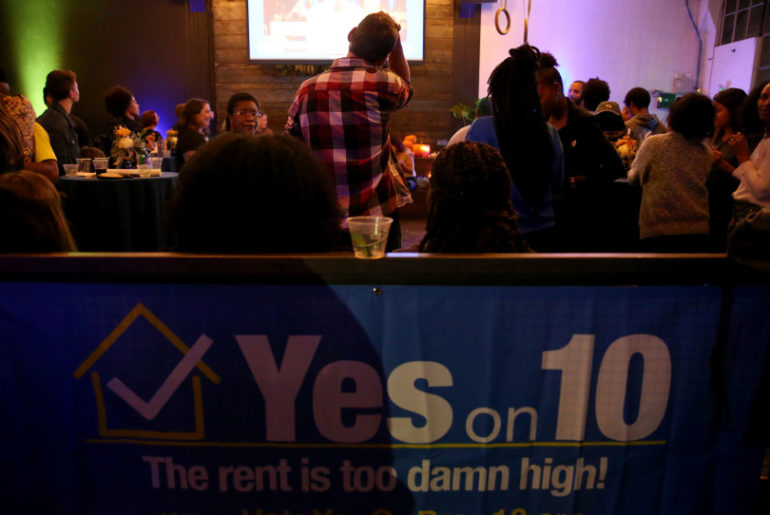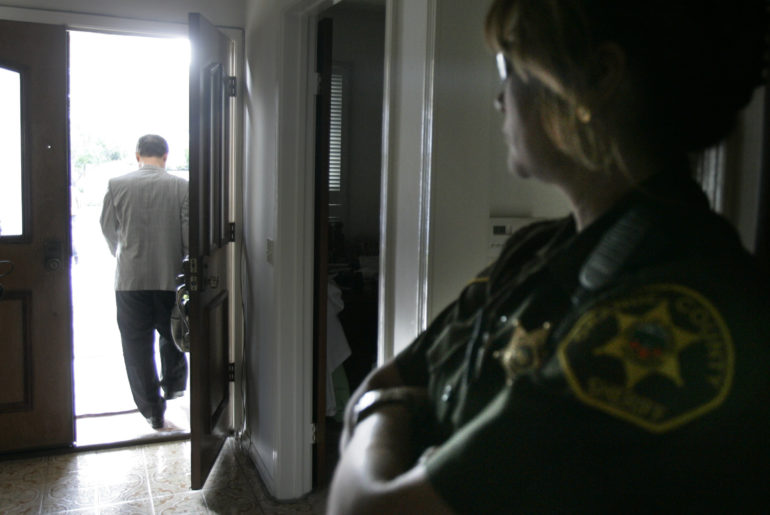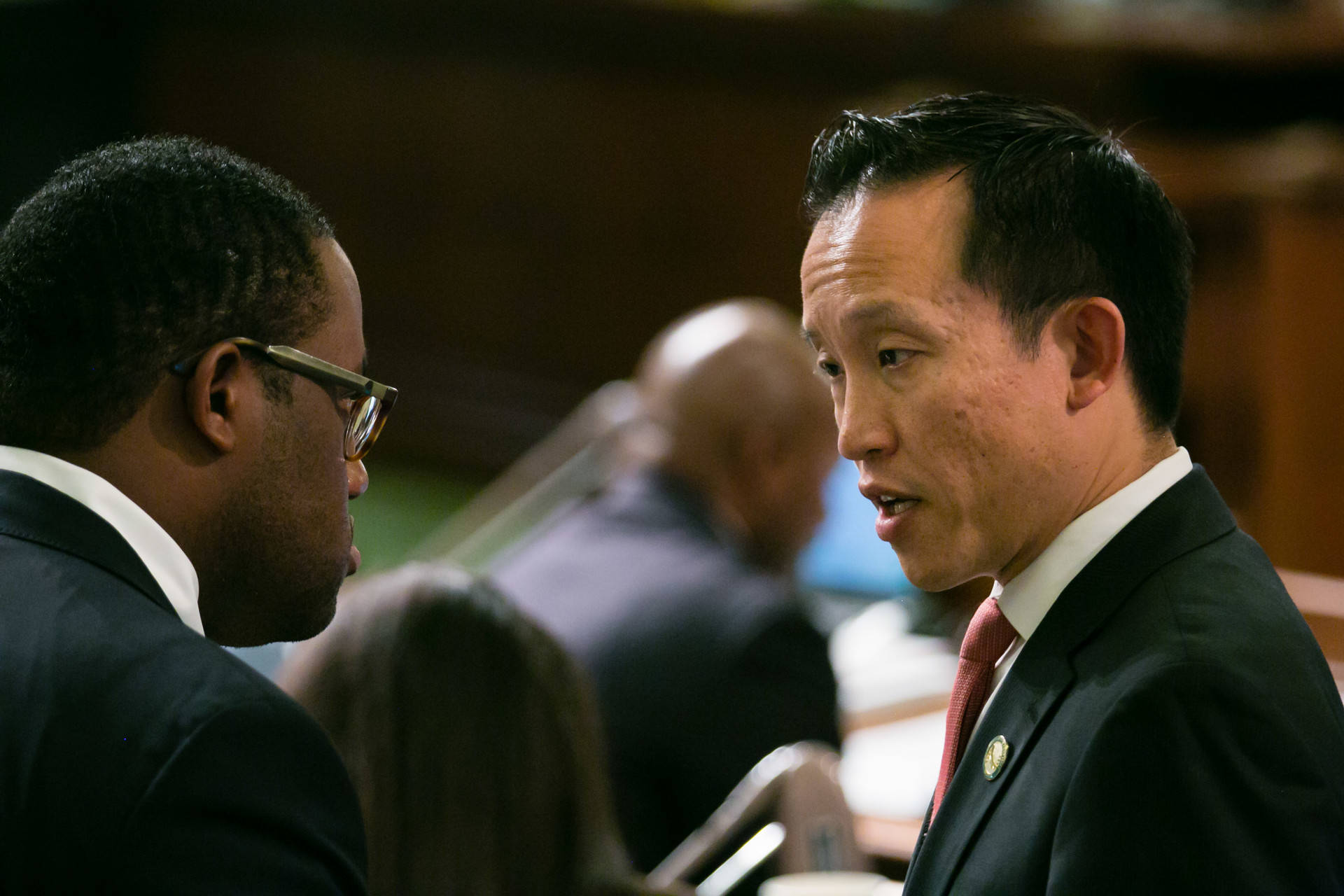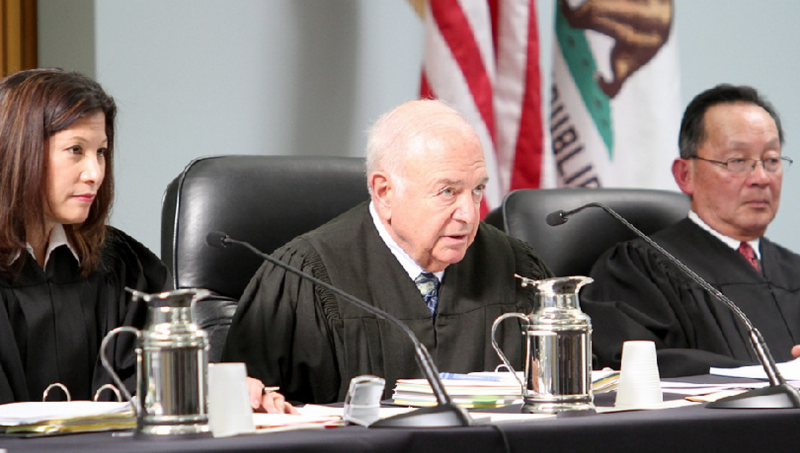In what would be one of the biggest expansions of San Francisco eviction protections in decades, the Board of Supervisors unanimously approved an ordinance that would extend eviction controls to an estimated 35,000 rental units.
Owners of buildings with the first Certificate of Occupancy issued after June 13, 1979, have thus far escaped rent and eviction controls, but these exemptions will likely be stripped away. Now on the desk of Mayor Breed, the ordinance is a pen stroke away from becoming law.
You can read the unabridged ordinance here ›
The proposal comes on the heels of passage of statewide rent caps and eviction controls. Among other provisions, AB-1482 will impose rules throughout California that spell out when and why landlords can oust tenants, but, in a rolling time frame window, the bill only applies to buildings erected prior to the last 15 years and then, only when the tenant has occupied the unit for at least one year.
California law further exempts duplexes where the owner resides in one of the units and single-family homes that are owned by a natural person, and not by a corporation, real estate trust, or an LLC when at least one member is a corporation.
For San Francisco lawmakers, these protections are not inclusive enough – the City wants to build upon AB-1482 and double down.
We have noted that dozens of forward-thinking municipalities have enacted stopgap measures in anticipation of a binge in rent hikes and evictions, as some rental property owners attempt to evade the newfangled rules scheduled to go into effect on January 1, 2020.
More than preempting state law, San Francisco has blazed its own trail, taking a more proactive approach by using the political tailwinds to entangle more buildings into a web of eviction controls.
For the chief architect of the bill, Supervisor Matt Haney, it is all about uniformity.
Building on AB 1482, this legislation will be part of the biggest expansion of local SF eviction protections in decades.
Keeping people in housing is in the public interest.
One standard across the entire city: No more arbitrary evictions! https://t.co/sjZ6fW6r3p
— Matt Haney (@MattHaneySF) December 1, 2019
As a crash course for landlords who must now comply with new rules and a refresher for the rest of us, San Francisco’s ordinance delineates 15 permissible reasons to terminate the tenancy and they can be found here.
Some of our takeaways
A throng of owners of post-1979 buildings will face a steep learning curve once their rental business is exposed to a vast set of rules that were once foreign to them.
We would expect owners of condos to be especially caught off-guard, since a large number of these units will no longer be exempt. Do not worry – Bornstein Law will not let you get lost in the woods, as our office is committed to helping owners familiarize themselves with the new lay of the land.
For buyers looking to have a blank canvas and for owners who are attempting to effectuate a vacancy, there are legal vehicles to accomplish these goals, even within the framework of San Francisco’s elaborate eviction rules.
Can’t buck the system, but savvy owners and buyers can use the tools given to them.
If you study San Francisco’s just cause ordinance, you can theoretically demolish the building, but it is extremely difficult to get approval to do this, rendering this option impracticable. We would also categorize Ellis Act evictions as drastic measures met with opposition, long notices and substantial payouts to displaced tenants, so let’s move on to more sensible, doable solutions.
When an owner or close relative wants to recover a tenant-occupied rental unit for their own use, an Owner Move-In or Relative Move-In eviction can be accomplished fairly easily, as long as there is no history of acrimony with the outgoing tenant and there is no reason to question the good faith intent to continually occupy the property for at least 36 months. Of course, hefty relocation payments are required whenever the tenant is escorted out of the unit through no fault of his or her own.
Sometimes, however, it is just easier to cough up funds for the tenant to leave on his or her own volition. As its name implies, a tenant buyout agreement is simply an understanding the tenant will voluntarily vacate the unit, in exchange for compensation, rent waiver, or both. If an owner elects to dangle these perks and the tenant accepts them, the owner can get the assurance they will not be sued for wrongful eviction if there are any missteps, or the unit was not a principal place of residence.
When entering into a tenant buyout agreement, the owner is not only paying for the vacancy – the money serves to remove any residual claims that could arise from the tenancy down the road.
For those of you who want to cash out and sell the property
Certainly one surefire way to circumvent San Francisco’s expanded eviction rules is to sell the investment property. If owners elect to do this, they will be met with still more regulations in the form of COPA. Before you start singing the hymns of Barry Manilow’s “Copacabana,” we are referring to the Community Opportunity to Purchase Act, an ordinance we covered in-depth here.
Under COPA, owners of buildings with three or more rental units are obligated to notify “qualified nonprofits” of the intent to sell. Those organizations dedicated to preserving affordable housing will not only have the first opportunity to purchase the multifamily property; they also can match or best any subsequent offers from private buyers. Our firm can help you stay compliant with an ordinance still in its infancy.
Together, we’ll make sense of this all.
For over 25 years, Bornstein Law has helped rental property owners achieve their real estate goals in a shifting legal landscape. Although new laws and regulations blow in the wind, our commitment to your success does not. Although we are in yet another season of new landlording rules, you can absolutely count on our dedication to provide informed advice to power through challenges. Contact us to get started.














